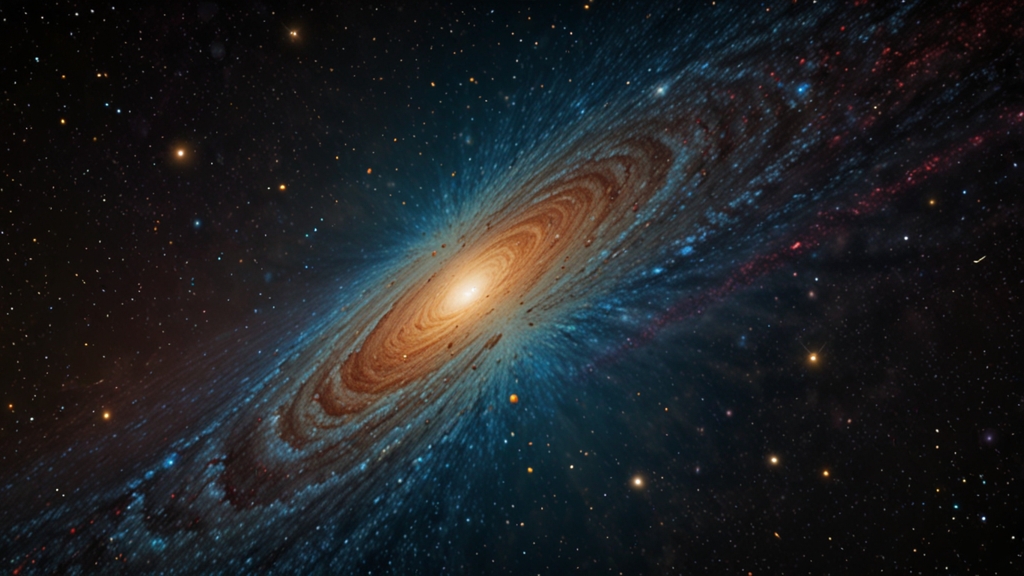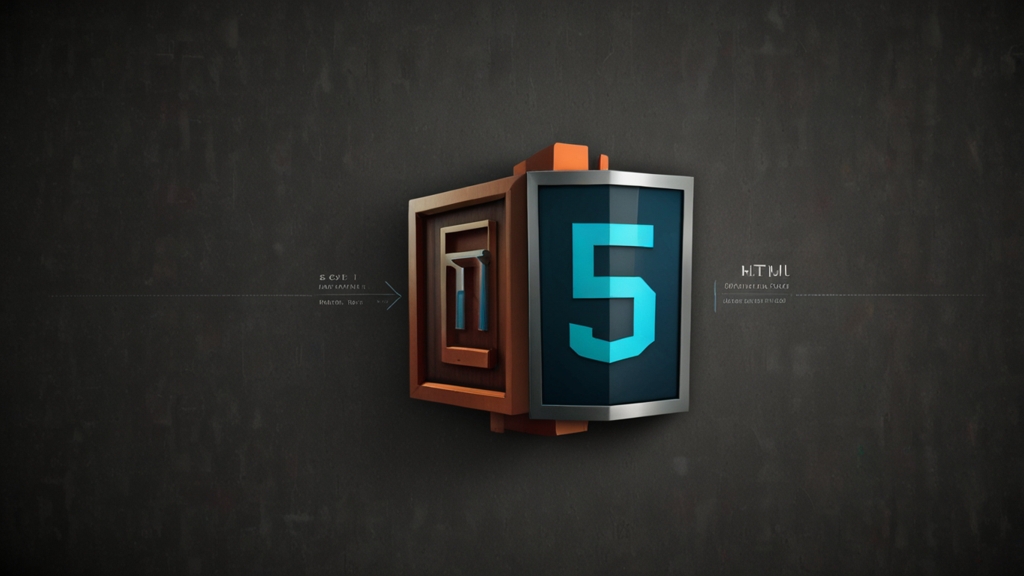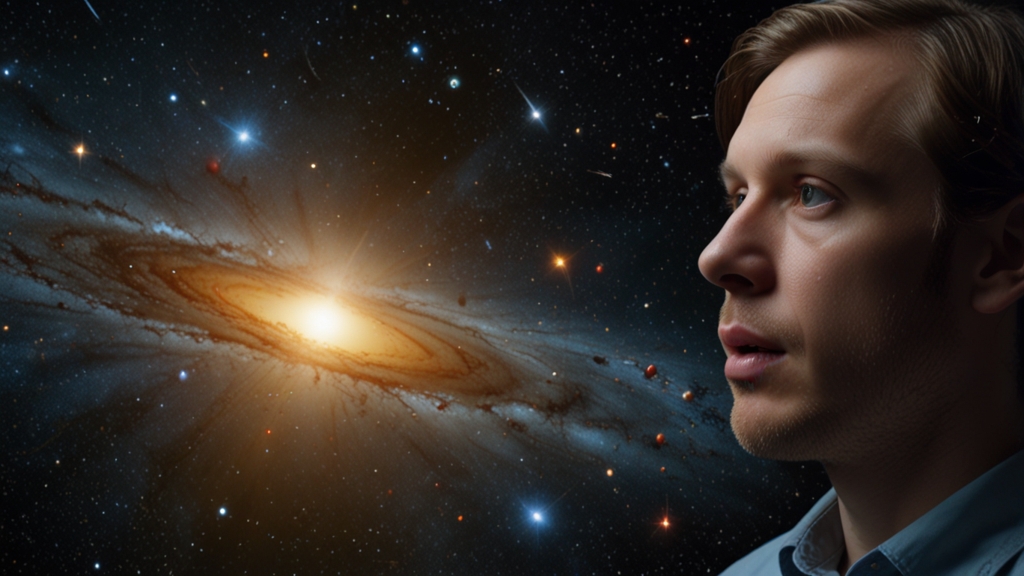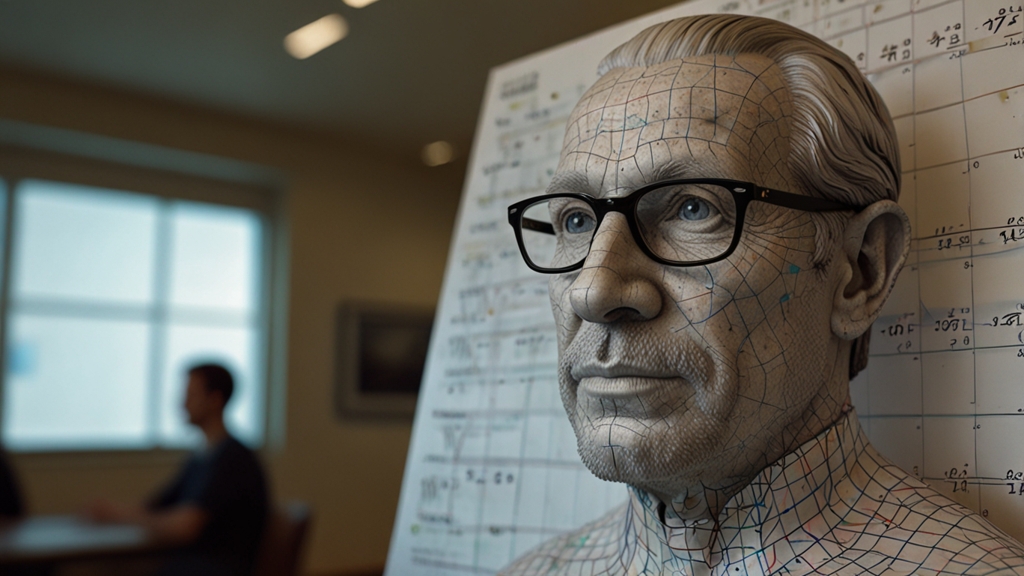Decoding the Cosmic Microwave Background: The Universe's Afterglow Explained
The Cosmic Microwave Background (CMB) is one of the most significant discoveries in cosmology, providing a snapshot of the universe shortly after the Big Bang. This afterglow offers vital clues to the origins, structure, and evolution of the cosmos. In this article, we will delve into what the CMB is, how it was discovered, and what it tells us about the universe.
What is the Cosmic Microwave Background?
The CMB is a faint cosmic radiation that fills the entire universe, almost perfectly uniform in all directions. This radiation is the remnant heat from the Big Bang, which occurred approximately 13.8 billion years ago. When the universe was only 380,000 years old, it had cooled enough for protons and electrons to combine and form neutral atoms, making the universe transparent to radiation. The photons released during this period are what we now observe as the CMB.
The Discovery of the CMB
The story of the CMB's discovery is serendipitous. In 1965, Arno Penzias and Robert Wilson, two radio astronomers working at Bell Labs, encountered a persistent noise in their microwave antenna. They initially thought it was due to extraneous factors like bird droppings. After thorough investigation, they realized that this noise was actually the afterglow of the Big Bang, a discovery that earned them the Nobel Prize in Physics in 1978.
"This unexpected hum turned out to be the whispering echoes of our universe's infancy, a cosmic whisper that speaks volumes about the past and composition of all we see." – Penzias and Wilson's trailblazing discovery
What Can We Learn from the CMB?
The CMB is packed with information. Here are some key insights scientists have gleaned from it:
1. Composition of the Universe
The CMB has enabled scientists to estimate the proportions of different components in the universe. It has revealed that ordinary matter makes up just 5%, dark matter about 27%, and dark energy approximately 68% of the cosmic makeup.
2. Age and Expansion of the Universe
The study of the CMB has helped pinpoint the age of the universe to about 13.8 billion years. Additionally, it supports the theory that the universe is expanding, a groundbreaking revelation that transformed our understanding of cosmic dynamics.
3. Structure of the Early Universe
The tiny fluctuations in the CMB's temperature map correspond to regions of varying density in the early universe. These fluctuations seeded the formation of galaxies and large-scale structures we see today.
"The CMB is like a baby picture of the universe. By studying it, we can explore the cosmos' infancy and uncover the roots of its structure and form." – Modern Physicist
Challenges and Future Research
Despite its importance, studying the CMB is fraught with challenges. Foreground emissions from our galaxy and instrumental noise can interfere with the purity of the CMB data. Advanced telescopes and detectors, such as the Planck satellite, have been crucial in providing more precise measurements, yet there is still much to learn.
Moving forward, future missions aim to map the CMB with even greater precision, allowing scientists to probe the very fabric of spacetime and perhaps reveal deeper insights into the nature of dark matter and dark energy.
Conclusion
The Cosmic Microwave Background is a cornerstone of modern cosmology, offering a direct line to the universe's nascent moments. Its discovery and the subsequent insights have revolutionized our understanding of the cosmos' composition, age, and evolution. As technology advances, so too will our ability to decode this remarkable afterglow, continuing to unveil the mysteries of the universe.
"Every photon in the CMB is a time traveler, carrying a message from the dawn of time itself. By decoding these messages, we rewrite the story of our universe." – Cosmologist










